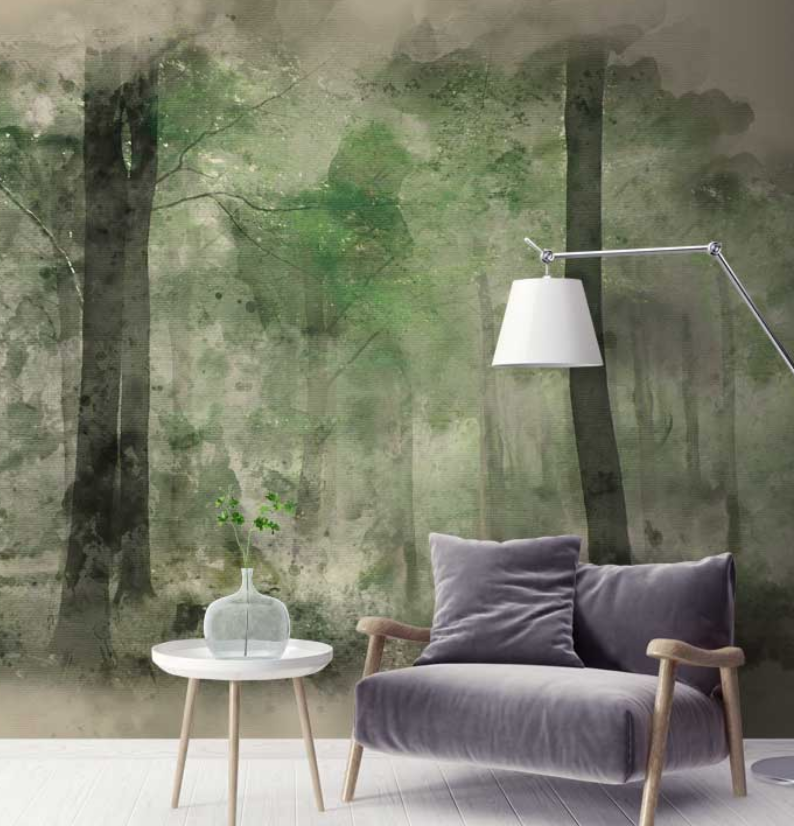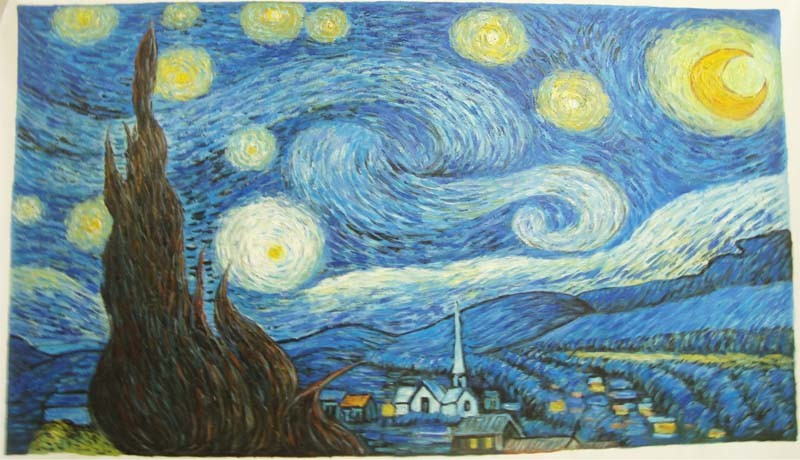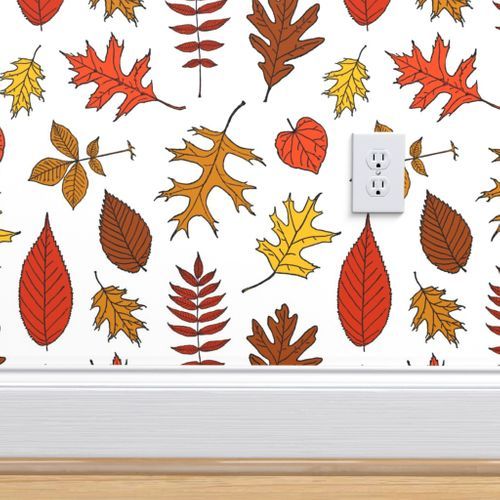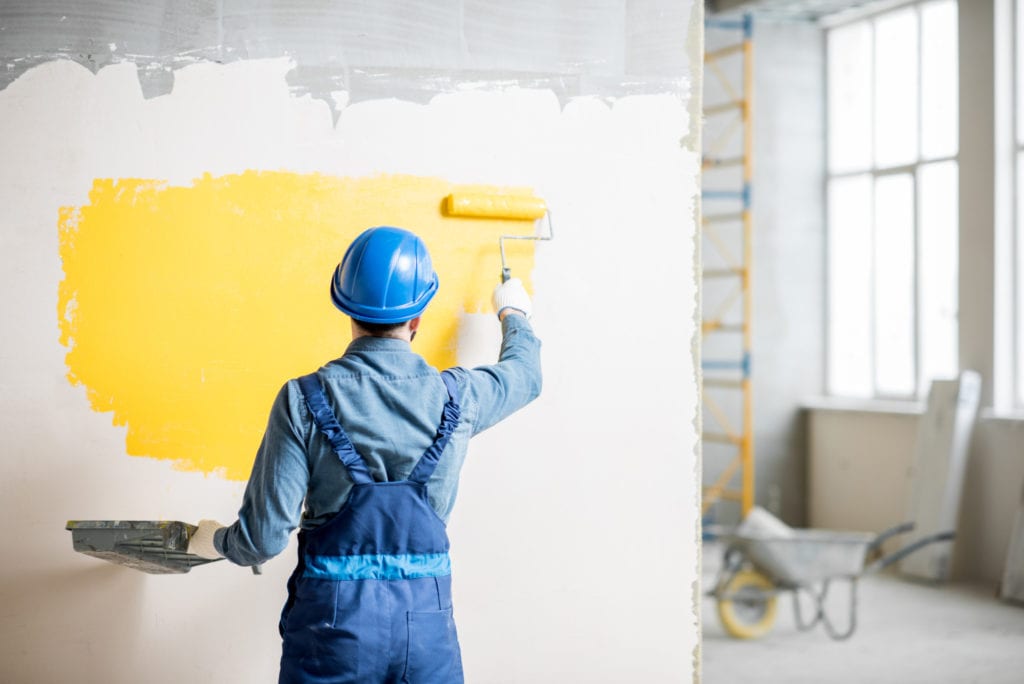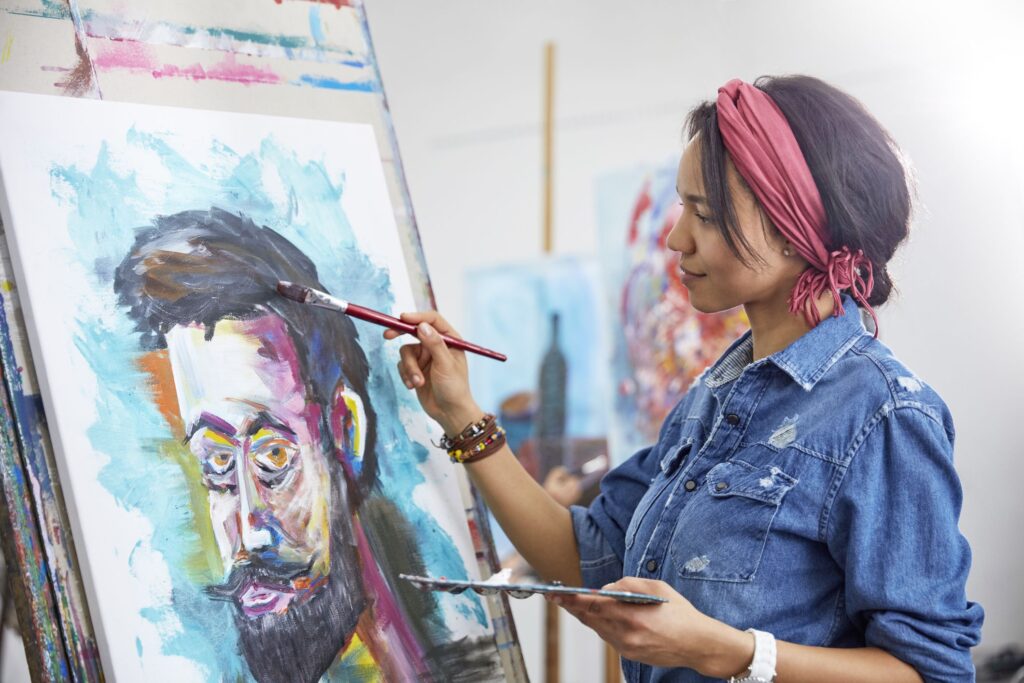
Painting with Confidence
The initial assessment does not always pick up on every learner’s needs until the practical exercises ensue. As is the case with painting, the teacher might find herself concerned over a student who freezes at the thought of depositing paint to paper. When this happens, identifying the cause will help find a solution.
Overcome the Fear of Painting
There are many causes of reluctance to painting. These might be:
- Beginner’s nerves, if this if the first time
- Fear of making mistakes
- Inability to tap into the inner child that enjoys exploration
- Low self-esteem
How to Encourage the Inner Artist
Sensitivity must be applied. In certain situations, the student might be willing to discuss the issues that might be causing this mental block. An overbearing inner critic or anxiety over domestic or financial issues might be hampering freedom of expression. Singling out the student in any way must be avoided. However, assuring the student that this affliction is common might put him at ease. In order to develop as a visual artist, the student must be encouraged to apply lenience whilst exploring an unfamiliar medium such as oils or acrylics. Happy accidents are part of learning and is the only way to move forward.
Completing a Painting in Lesson
The following teaching strategies might be applied when encouraging a reluctant art student to complete a painting.
- Agree on an individual learning plan with the learner that sets out clear and precise goals
- Ensure the goals are small and manageable
- Ensure the goals provide opportunities for the learner to experience success
- Use cheap materials during the experimentation
Art Resources for the Special Needs Learner
- Set of acrylic paints
- Bristle brushes
- Sponges and rags
- Thick paper
- A china plate for a palette
- Stencils of simple shapes such as circles and stars
Examples of small goals might be:
- To paint exploratory marks over the page via different types of brushes and implements
- To draw around the stencils at random places on the painting surface and then to fill in the stencil shape with a solid colour
- To apply a contrasting solid colour into a neighbouring stencil shape
Further goals might be:
- To lighten a colour by adding small increments of white
- To darken a colour by adding small increments of a complimentary colour
- Mixing colour combinations to see how they behave
Opportunities for praise and achievement are essential for learning according to G. Gibbs in Learning by Doing [FEU, 1988]. The application of paint onto the painting surface is what defines art and is a great first step for the bashful student. The next step might be to emulate the great Expressionists or Abstract artists, such as Picasso, Miro or Klee in order to further explore paint.
Encouraging the Hesitant Art Student
Completing a painting can be a daunting prospect for some learners. The teacher must treat this problem sensitively. Appropriate use of encouragement and praise will help overcome this mental block, but agreeing an individual learning plan that sets out specific, achievable and clear goals is likely to encourage the student to take their first steps into exploring paint. Ensuring that learners experience success is likely to build their confidence in the future.
Thank you for reading this article! If you have any further questions about this topic please contact us.



